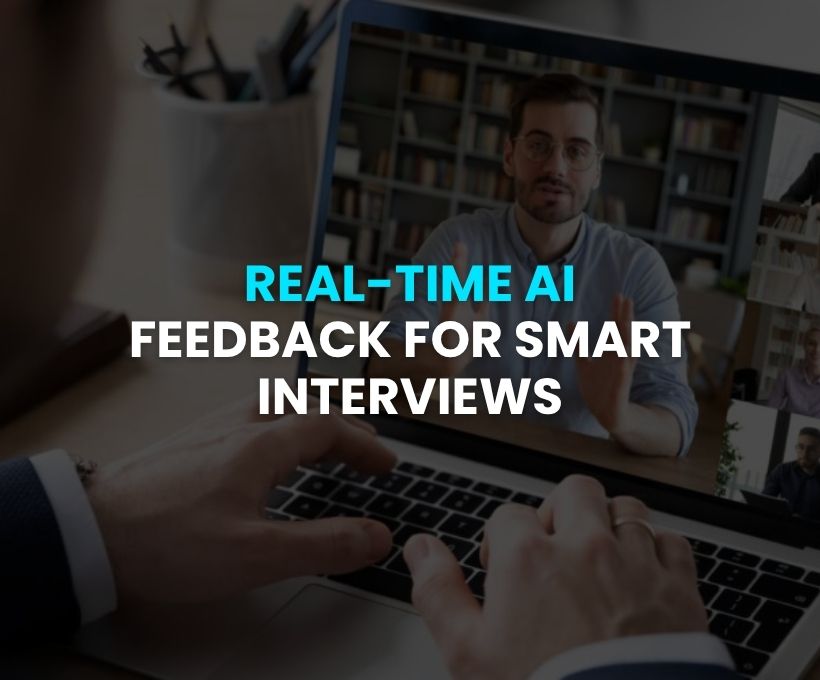Interviews are high-stakes moments where performance matters. But most people walk away from them unsure of how they did—or worse, confident they nailed it when they didn’t. That delay between performance and feedback is a silent killer of opportunity. I built a system to close that gap.
The Business Problem: Feedback That Comes Too Late
Whether you’re the candidate or the interviewer, there’s always a moment after an interview when you wish you could go back and do things differently. Maybe you rambled. Maybe you missed a red flag. Maybe your tone didn’t land the way you thought it did. The challenge is that feedback, if it ever comes, is often too late to be useful.
Job seekers don’t know how they sound in real time. Interviewers rarely have the bandwidth to give detailed, actionable notes. That gap creates inefficiency, missed hiring opportunities, and, frankly, anxiety.
I saw a real opportunity: What if AI could listen in and deliver meaningful, human-style feedback instantly?
My Thought Process: Automation That Feels Personal
Instead of building a typical post-interview analysis tool, I wanted something smarter—something that could listen as you talk, understand the flow, and offer immediate, relevant guidance based on what was actually said.
I focused on two modes of use:
- A standard version, where users can press a button after the interview and get conversational tips based on the dialogue.
- A premium real-time mode, where the system listens live and offers bite-sized suggestions during the conversation—like a silent coach whispering in your ear.
This wasn’t just about building another analytics tool. It was about creating something that felt proactive, intelligent, and supportive—without getting in the way.
The Automation: What I Actually Built
Using Python, I developed a system that captures audio from both the microphone and system speaker. This allowed it to hear both sides of a conversation—critical for meaningful feedback.
Once the conversation is captured, the system:
- Transcribes the audio using OpenAI’s Whisper for fast, high-quality speech-to-text.
- Feeds the transcription into OpenAI’s GPT-4o model, which analyzes tone, structure, and relevance.
- Generates personalized tips: from suggestions like “avoid long-winded answers” to more nuanced cues like “you sounded unsure when discussing leadership experience.”
For the premium version, I used OpenAI’s Realtime API to deliver insights during the conversation using WebSockets, async workflows, and some careful orchestration to ensure performance and responsiveness.
But the power isn’t in the tech stack—it’s in what it enables.
What Changed: Speed, Confidence, and Efficiency
This system gives users the kind of feedback that was previously only available through expensive coaching—or not at all.
- Job seekers now know exactly what they need to improve—and how.
- Interviewers get a tool that can help standardize feedback and spot patterns.
- Companies can onboard candidates and train teams more effectively.
- Time is saved, costs are reduced, and confidence goes up.
I’ve already seen users walk away from interviews feeling more in control—and better prepared for the next one. That shift is what automation should be about: not just reducing effort, but amplifying ability.
Could This Help You?
If your business involves training, hiring, coaching, or assessment, real-time AI feedback can be a game-changer. Imagine being able to instantly improve communication, flag soft-skill gaps, and support your team or candidates without extra human hours.
I’m open to collaborations, integrations, or custom adaptations. If this sounds like something your organization could benefit from, let’s talk.
Because sometimes, the right insight at the right time changes everything.
